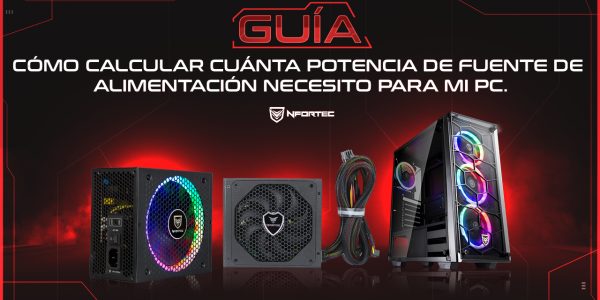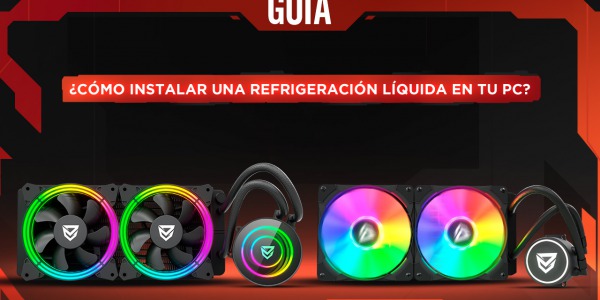Free shipping on orders over 50€
Personalized customer service
24-hour delivery

As good gamers, you are always on the lookout for the best quality components. Having a rig consisting of a tower with an eye-catching design, competent cooling, a graphics card that takes your games to the next level and a power supply that stands out. These tend to be some of the priorities for high-end gaming. However, it is also key to have a processor speed that allows you to take your gaming sessions to the next level. Here we will explain what overclocking is and what it is for.
The first step before even knowing what overclocking is is to know if we can perform this technique on our computer. There are cards and processors of certain brands that come with a lock that prevents us from modifying the configuration and performing the overclock in a satisfactory way (although we must take into account that if we do this, we will be losing the manufacturer's warranty).
Another drawback that we may encounter when overclocking is excessive heat. Therefore, we must have adequate cooling. We recommend our Oberon fans and our liquid cooler Andromeda 240 to make overclocking a possible task. To keep the internal heat of the CPU at bay you can use certain programs to control the temperature of the PC or install some software to regulate it
Now that we know that overclocking consists of increasing the processing speed or the speed of our computer's graphics card, let's get down to work. To start we will have to reboot our PC and press DEL, ESC or F2 on the initial screen to access the BIOS settings. Then click on the overclocking tab. Depending on the BIOS we have, it may also be identified by another name such as "Advanced Frequency Settings", but the most common is to find it by the same name. We can assign an overclock profile already created by the manufacturer or create from scratch our own overclock to achieve an even higher speed.
Once we have accessed the overclock tab, we must access the CPU base clock section and increase its speed by a percentage of 10%. Restart the computer and perform a stress test. If the system continues to work correctly we can continue to increase the speed, but if we find some instability, it would be advisable to reduce the configured speed again. Each time we increase this initial percentage we will have to restart our computer again to check if the overclock has been carried out satisfactorily
To finish with our overclock configuration we will adjust the multiplier with an increase of 0.5 each time. You will find this tab under the name CPU Clock Ratio or similar. Every time we make this change, as in the second step, we must restart the computer and keep an eye on the temperature of our PC
Here is a video of our ambassador Eseka with some tips to do with optimal ventilation to overclock your PC:


Hardware is a complicated world. Not only do we have to know about components but also compatibilities,...

One of the first doubts that arise when you decide to embark on the adventure of assembling a computer from parts...
Comments (0)